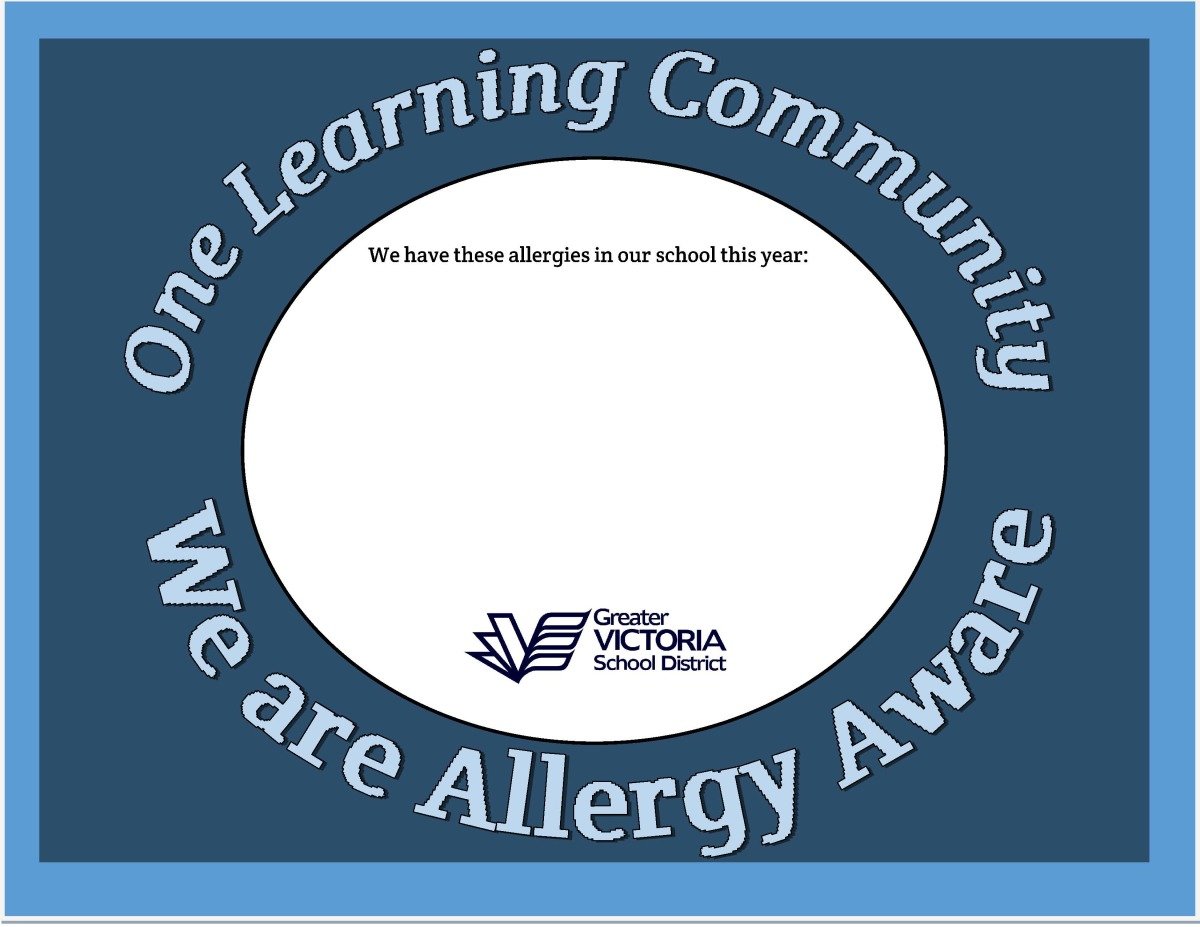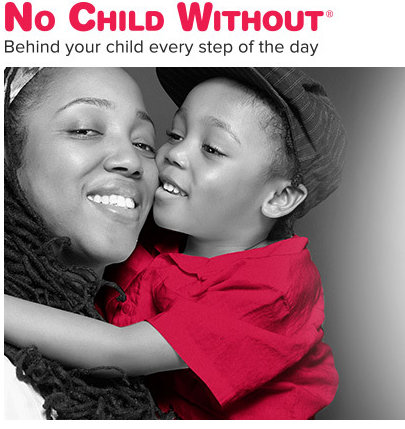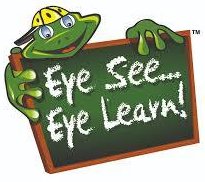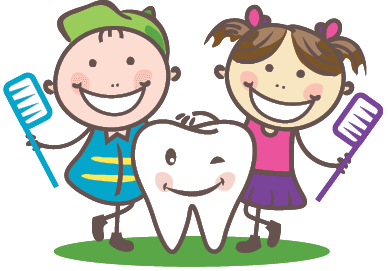 | December 2019
Elementary Snapshot
Student Health and Safety
|
|
|
|
|
Anaphylaxis is a serious allergic reaction. It can be life-threatening. Food is the most common cause of anaphylaxis, but insect stings, medicine, latex, or exercise can also cause an allergic reaction. Anaphylaxis is most often diagnosed in childhood, but it can also develop later in life.
|
|
|

|
The Most Common Allergies in Canada
Peanuts
Eggs
Milk
Tree Nuts
Wheat
Soy
Sesame Seeds
Seafood (Fish, Crustaceans, and Shellfish)
Sulphites
|
|
|
|
1.2 million Canadians have a food allergy.
Within the first three years of life, 6% - 8% of children are affected by food allergy. | Up to 80% of children outgrow their milk and egg allergy by age 10.
Up to 20% of children outgrow their peanut allergy by age 5.
|
| |
|
|
|
Signs and symptoms of an allergic reaction can occur within minutes of exposure to an offending allergen. Reactions usually occur within two hours of exposure, but in rarer cases can develop hours later. Specific warning signs, as well as the severity and intensity of symptoms, can vary from person to person and sometimes from attack to attack in the same person.
The symptoms are caused by the sudden release of chemical substances, including histamine, from cells in the blood and tissues where they are stored. An anaphylactic reaction can involve any of the following allergy symptoms, which may appear alone or in any combination, regardless of the triggering allergen:
|
|
|
|
|
|
|

| Studies have shown that allergy bullying is real and dangerous. Dr. Chan, head of B.C.'s Allergy Clinic at B.C.'s Children's Hospital, has researched the phenomenon and conducted a study.
20 per cent of participants from the study reported being bullied over allergies.
Another study indicated that half of children bullied did not tell their parents. Kids should not be afraid to speak up when they encounter bullying over allergies.
|
|
|
Children with food allergies sometimes struggle to communicate concerns they have about their condition. If we teach compassion and consideration around this issue, children can be terrific advocates for their friends with food allergies.
Here are some things kids with food allergies want their peers, and their parent's to know:
|
|
|
|
I can't share food with others. When I say "no thank you," I'm not trying to be rude, I’m just keeping myself safe.
Sometimes I may feel different or left out if I can't eat what everyone else is eating.
If someone at my lunch table has an unsafe food and I don’t notice, I am so happy when a friend speaks up and reminds others of my allergy.
If I'm having an allergic reaction, I may need help but might not be able to communicate it well. Please help me by getting the attention of an adult.
|
| |
|

| WE ARE ALLERGY AWARE Being Allergy Aware means that we strive to keep allergic children protected from reactions and to inform our students and families about how they can participate in the well-being of their classmates with potentially severe allergies. Education, awareness and training are the cornerstones of an allergy aware school.
|
|
|
|

| Medic Alert No Child Without
Free 24/7 MedicAlert protection for school-aged children.
No Child Without is offered through SD 61's elementary and middle schools. The program provides a free Medic Alert ID and service plan to children between the ages of 4 and 14.
No Child Without gives both parents and teachers peace of mind knowing that if a child has a medical condition, allergy or special need, his or her vital medical information is readily available and can be accurately communicated in an emergency.
If your child could benefit from a free medic alert ID please contact your school principal for further information.
|
| |
|
|
|

| Eye See … Eye Learn® is a children‘s vision program providing Kindergarten students with comprehensive eye exams and, if prescribed, one free pair of eyeglasses. Good eye health and vision are essential for academic and developmental success during children‘s early learning years. However, statistics show that 1 in 4 school-age children has an underlying vision problem that can affect performance. All SD 61 elementary schools are participating members in the Eye See Eye Learn program. Parents
may fill out this form and make an appointment with any
participating optometrist.
|
|
|
BC HEALTHY KIDS PROGRAM The BC Healthy Kids Program helps low income families with the costs of basic dental care and prescription eye wear for their children. Eligible clients include dependent children under 19 years of age who receive Medical Services Plan (MSP) premium assistance through the Ministry of Health. If you receive MSP premium assistance, contact your dentist or optical provider
directly. BC Healthy Kids Brochure
|
|
|
 | CAMOSUN COLLEGE DENTAL CLINIC
Camosun‘s Dental Clinic offers dental care for clients of all ages. The Dental Hygiene and Certified Dental Assistant students provide professional, preventive and therapeutic services that are caring, high quality and low-cost.
|
|
|
NO CHARGE PSYCHIATRIC MEDICATION British Columbia‘s PharmaCare program includes a specific plan to provide financial assistance for most psychiatric medications.
The No-Charge Psychiatric Medication Plan, also known as Plan G is available to individuals of any age who are registered with a mental health service centre and who demonstrate clinical and financial need.
|
|
|
|
|